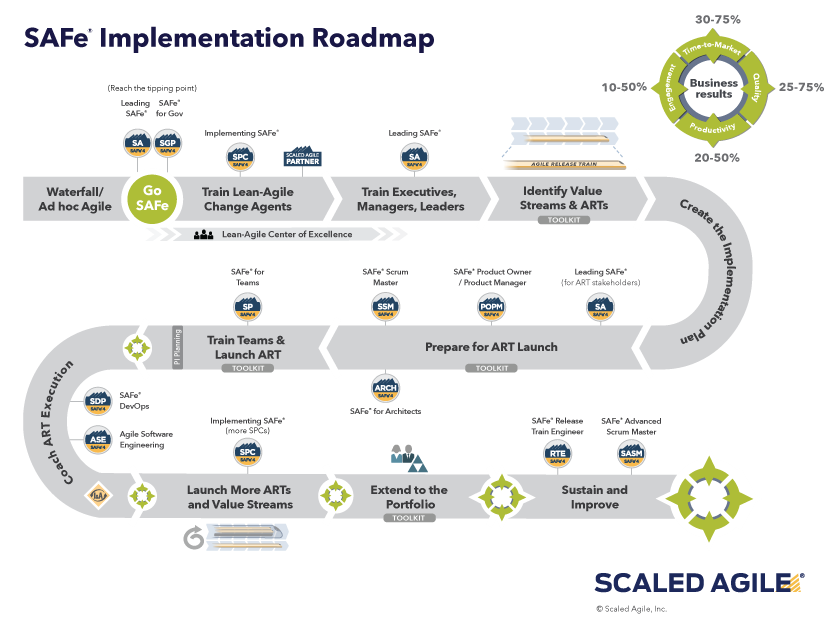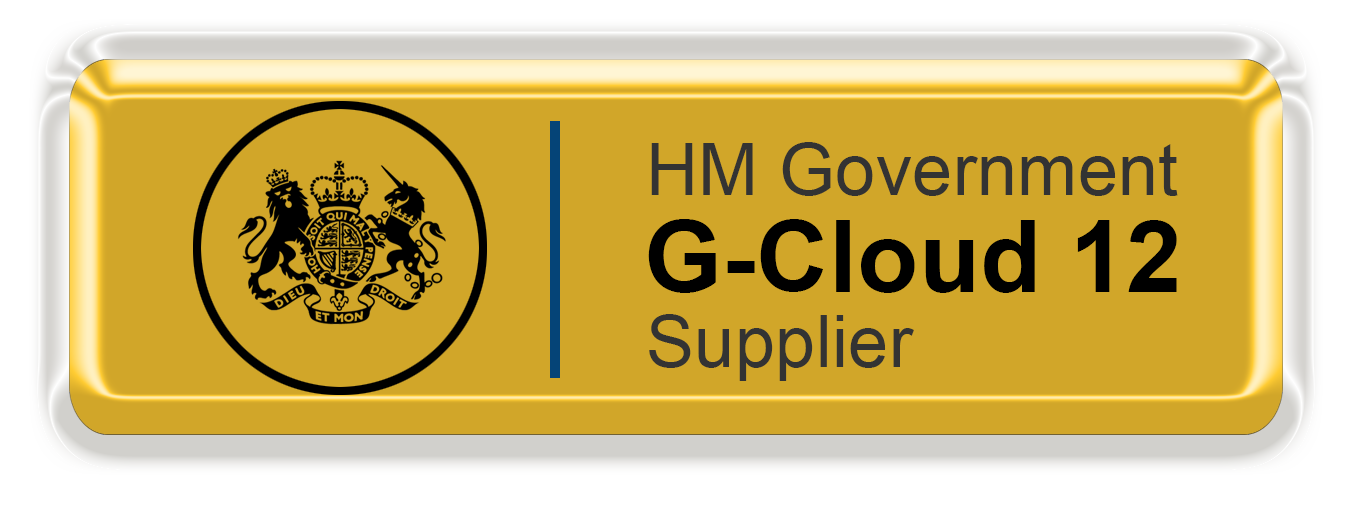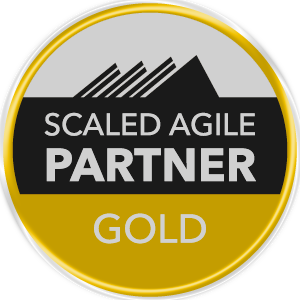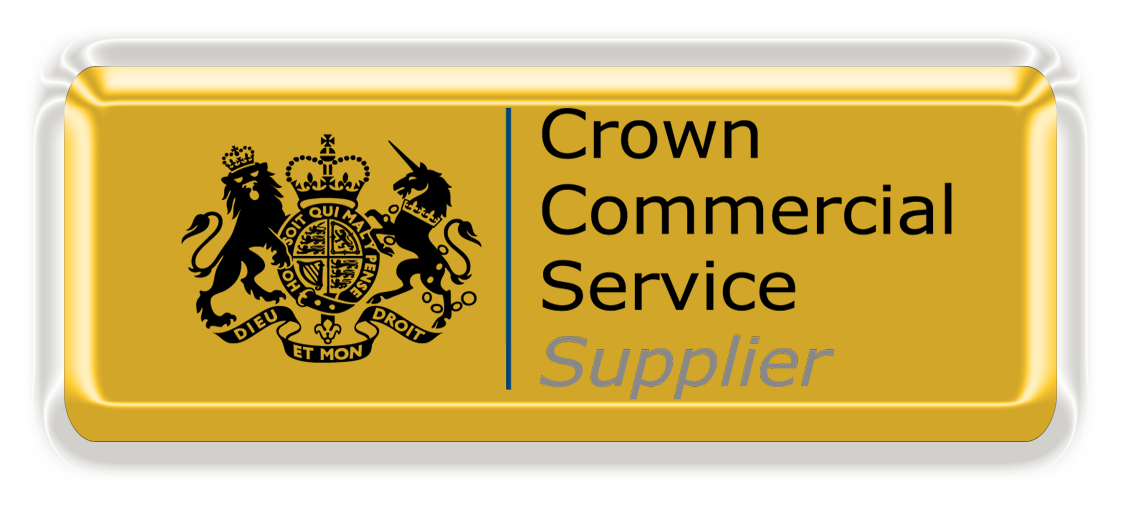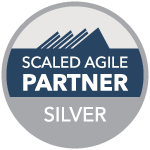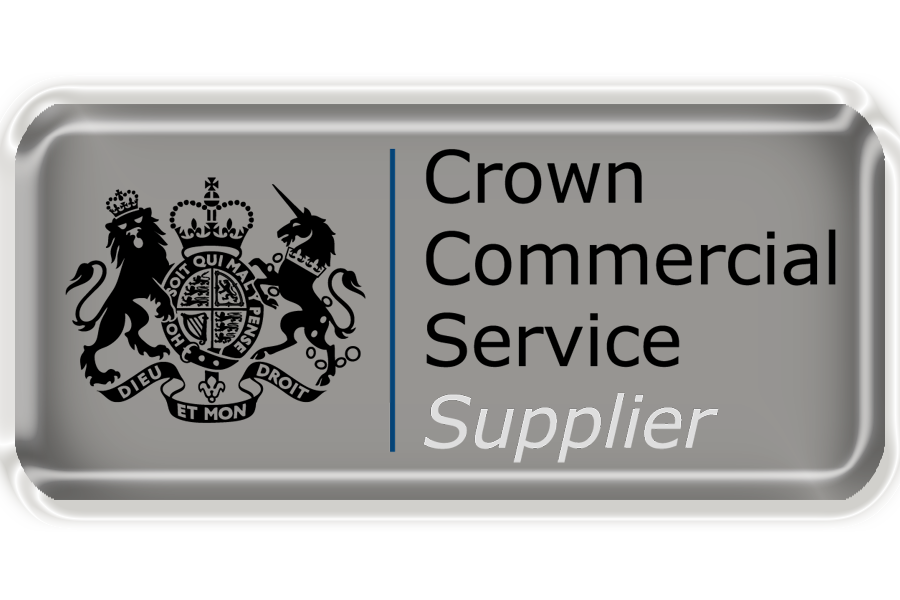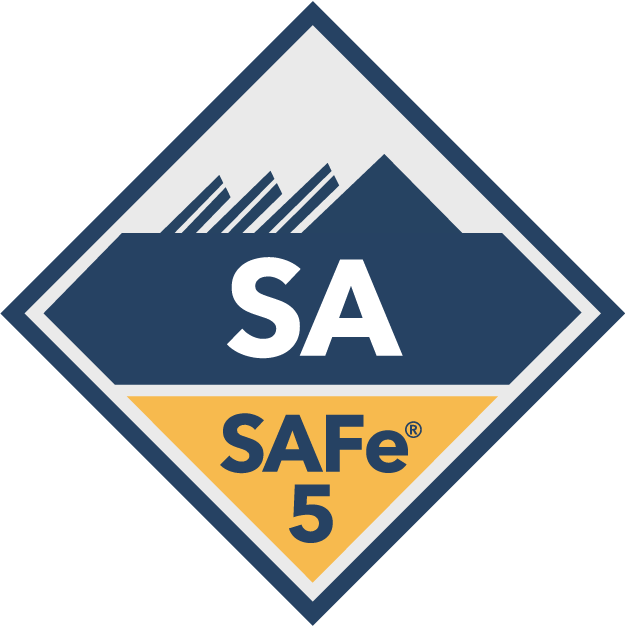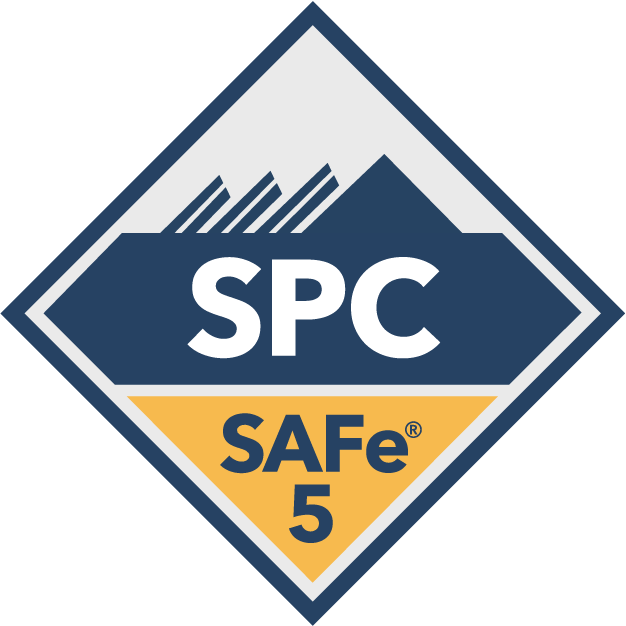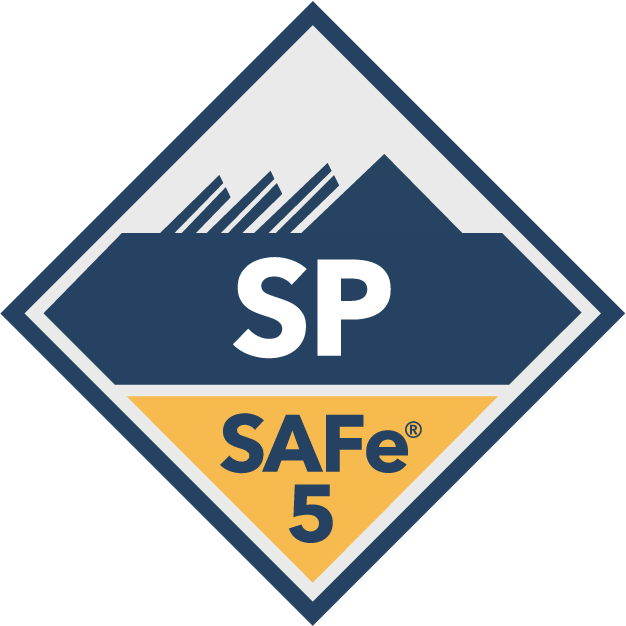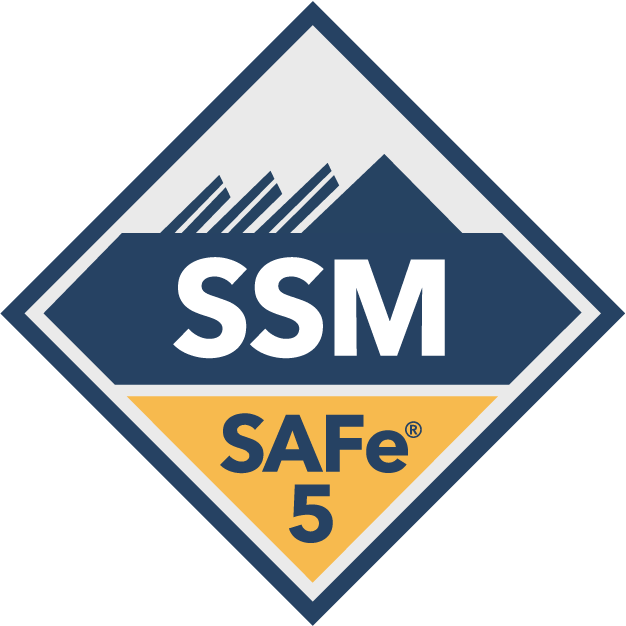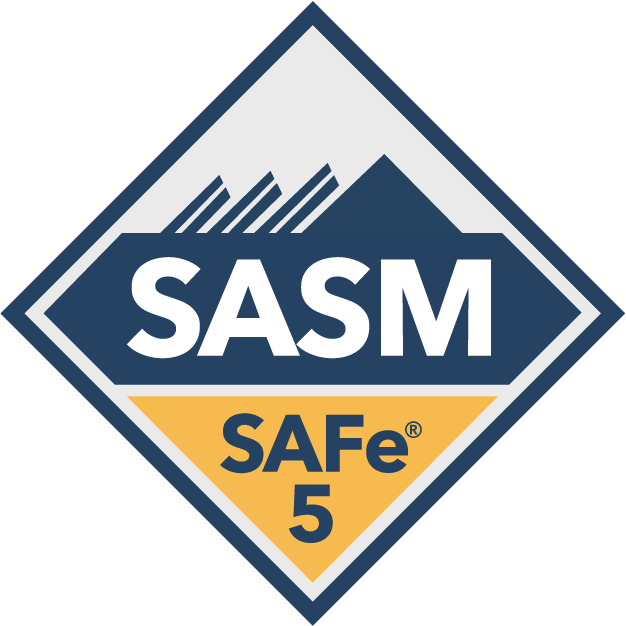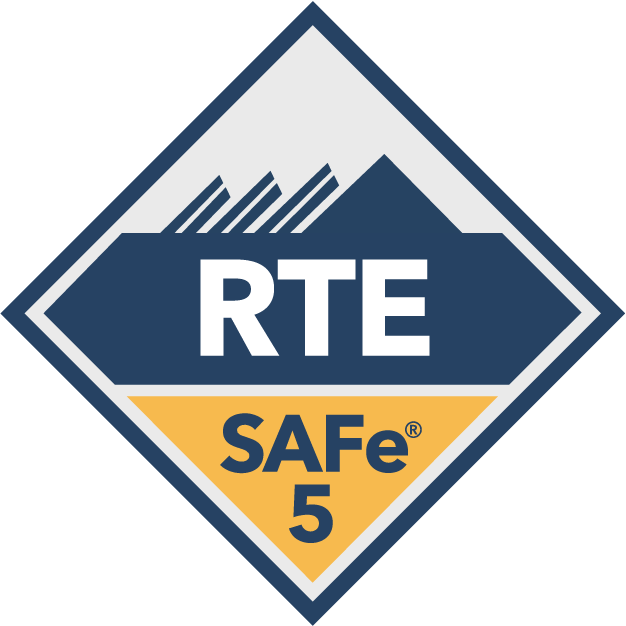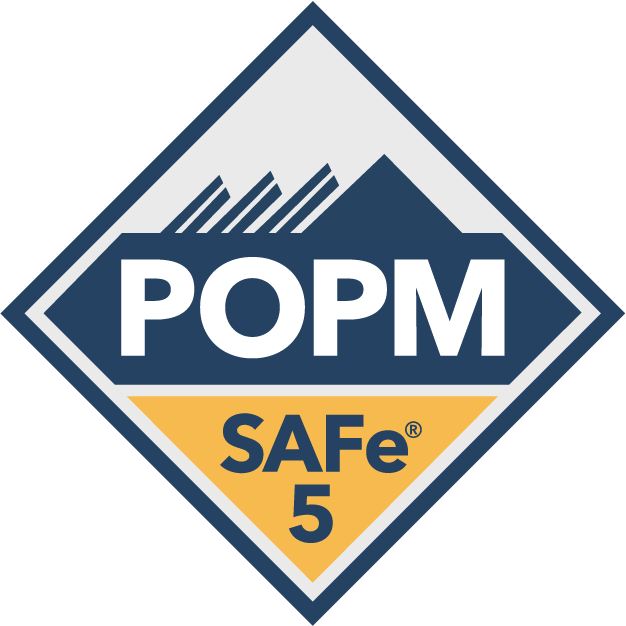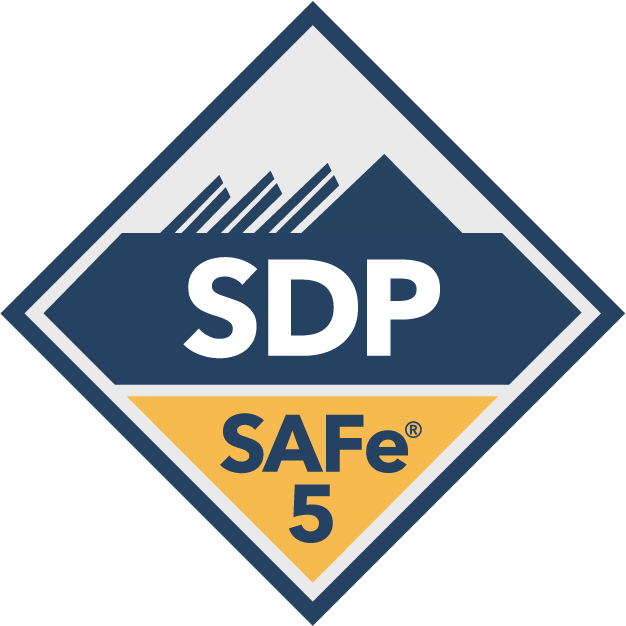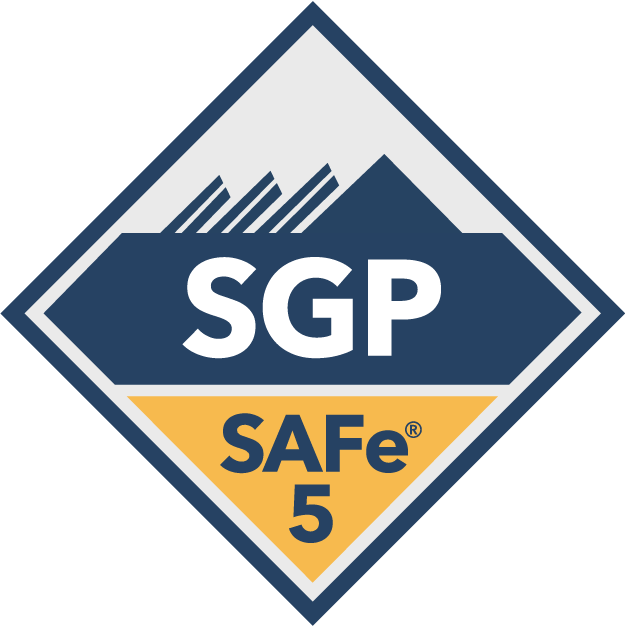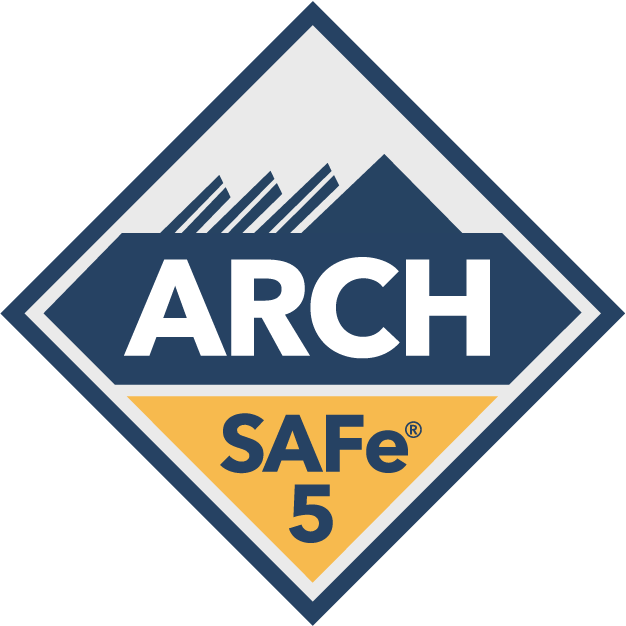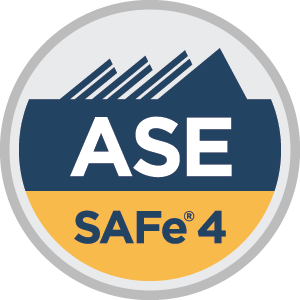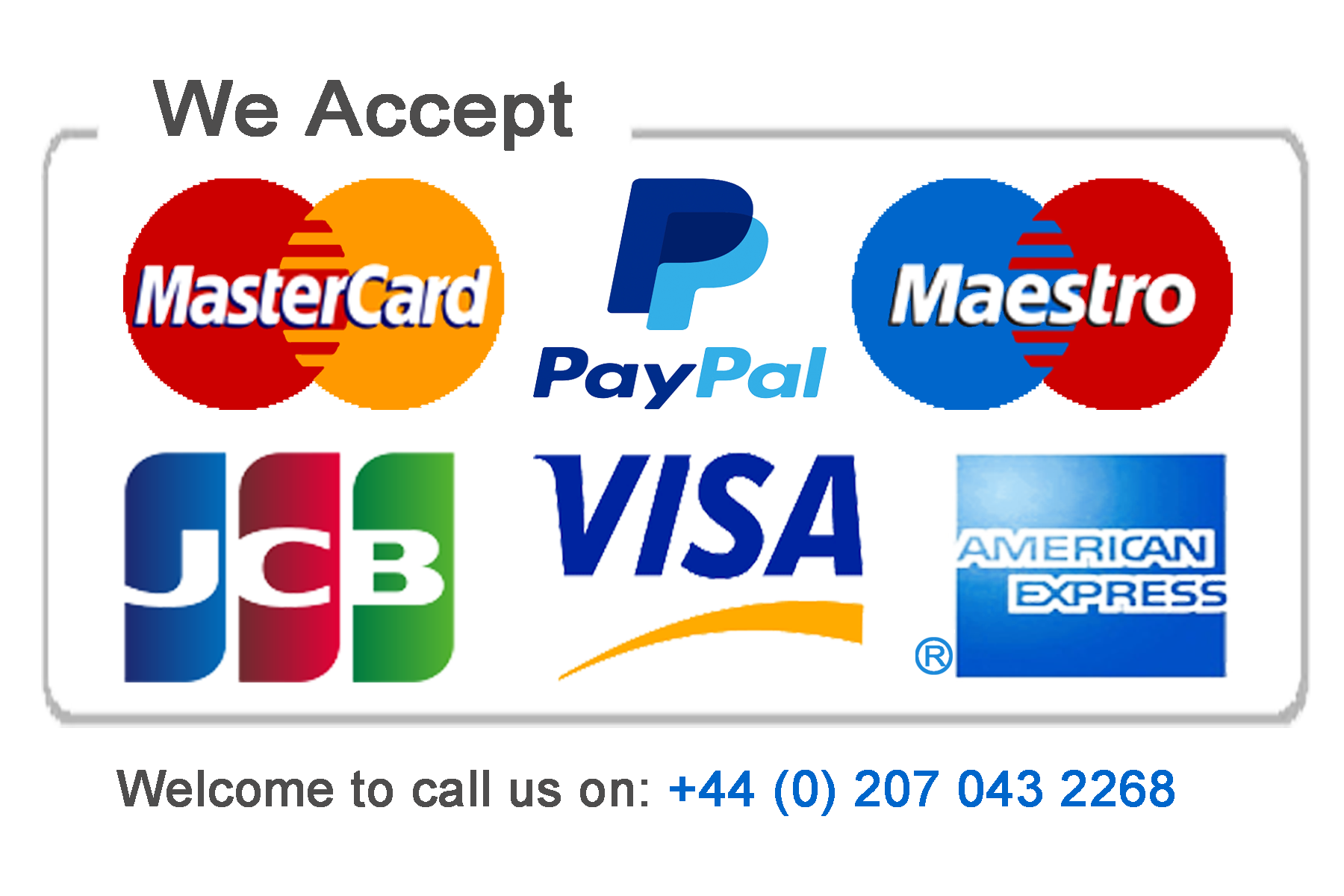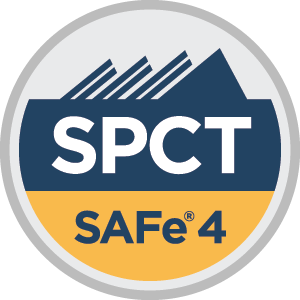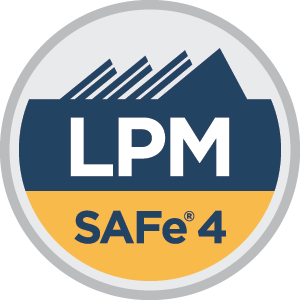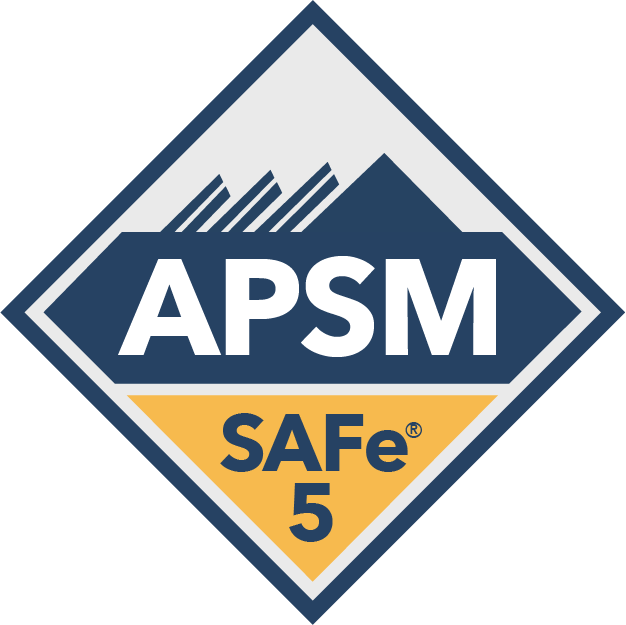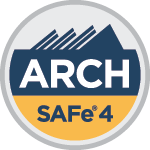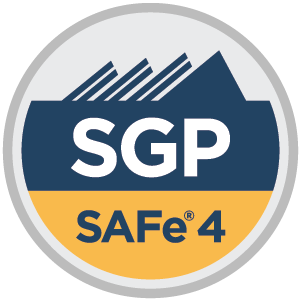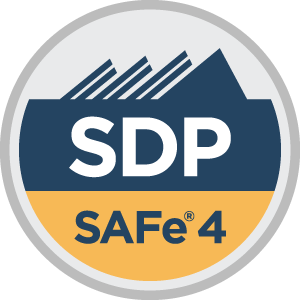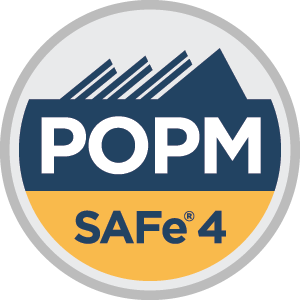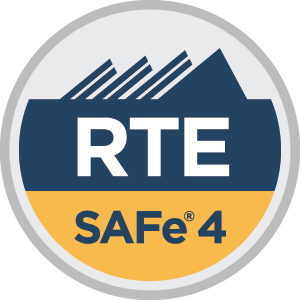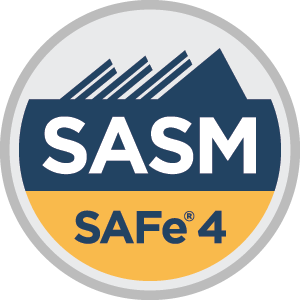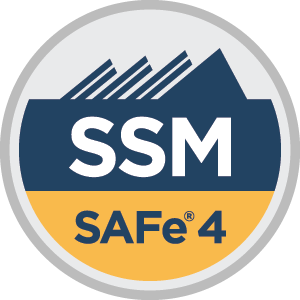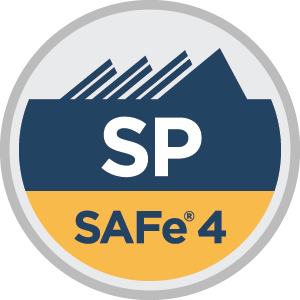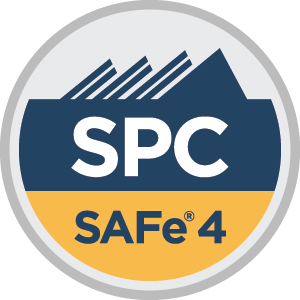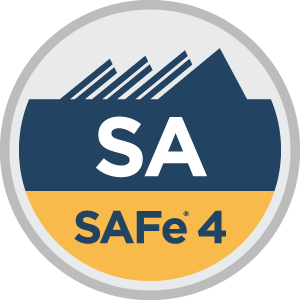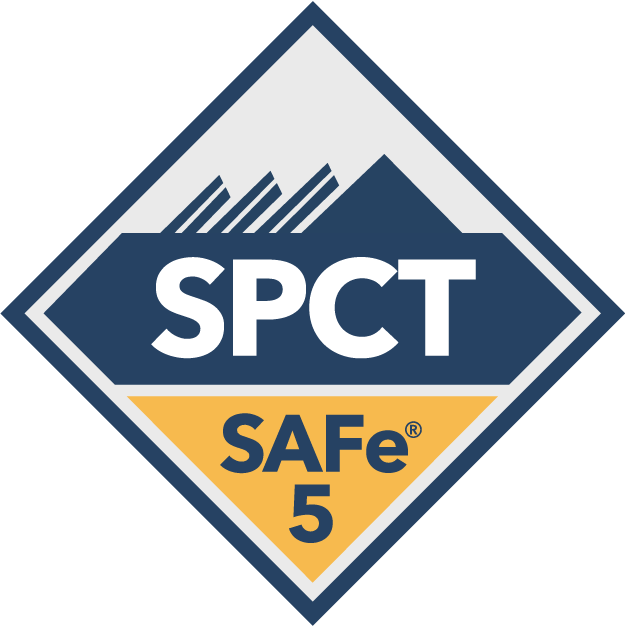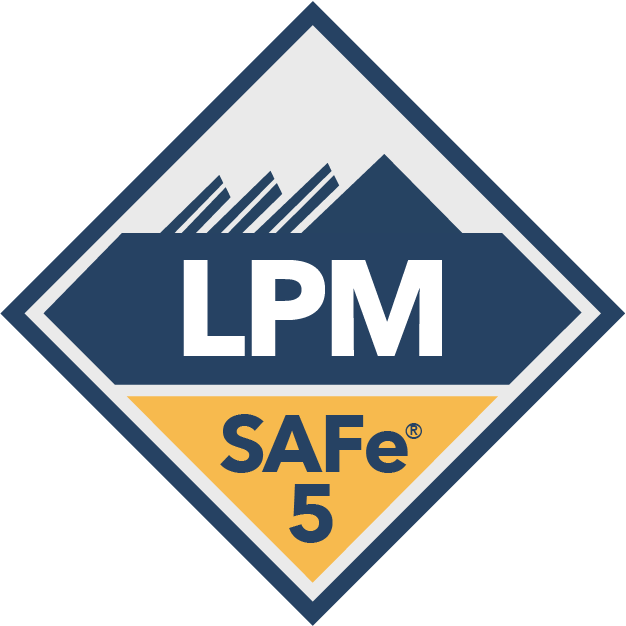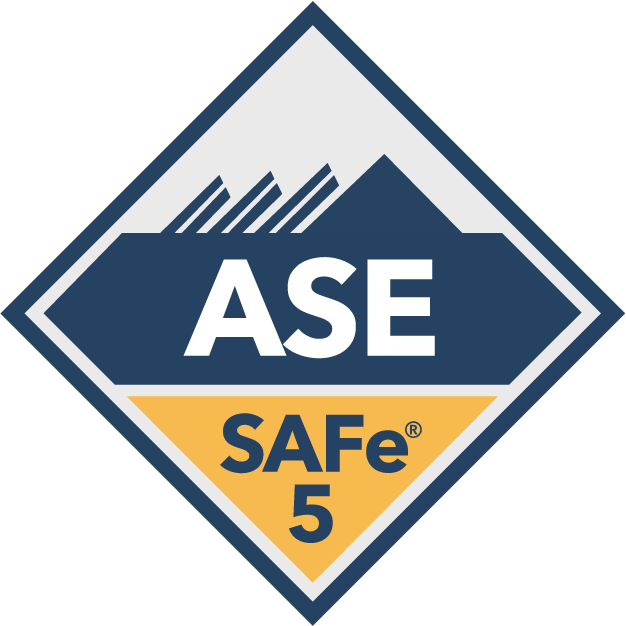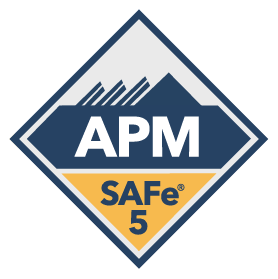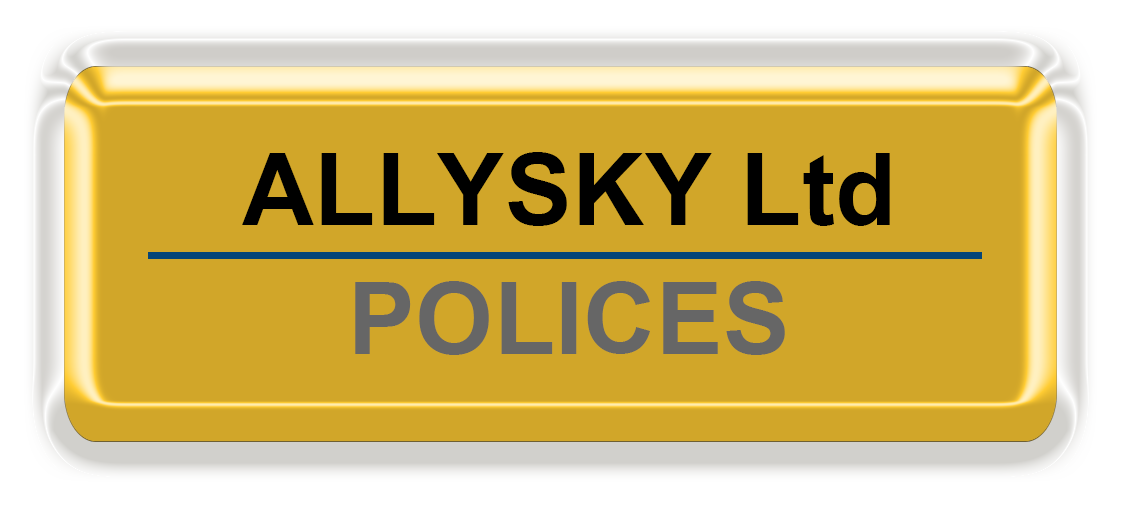SAFe Implementation Roadmap
This is the home page for the SAFe® Implementation Roadmap series, which consists of 12 articles.
The SAFe Implementation Roadmap consists of an overview graphic and a 12-article series that describes a strategy and an ordered set of activities that have proven to be effective in successfully implementing SAFe.
Achieving the business benefits of Lean-Agile development at scale is not a trivial effort, so SAFe is not a trivial framework. Before realizing SAFe’s rewards, organizations must embrace a Lean-Agile Mindset as well as understand and apply Lean-Agile principles. They must identify Value Streams and Agile Release Trains (ARTs), implement a Lean-Agile portfolio, build quality in, and establish the mechanisms for continuous value delivery and DevOps. And, of course, the culture must evolve as well.
Based on proven organizational change management strategies, the SAFe Implementation Roadmap graphic and article series describes the steps, or ‘critical moves,’ an enterprise can take to implement SAFe in an orderly, reliable, and successful fashion.
Details
In order to achieve the desired organizational change, leadership must “script the critical moves,” as described by Dan and Chip Heath [1]. When it comes to identifying those critical moves for adopting SAFe, hundreds of the world’s largest enterprises have already gone down this path (see Case Studies), and successful adoption patterns have become clear. A fairly standard pattern is shown in Figure 1.
Implementation Roadmap
- Figure 1. SAFe Implementation Roadmap
-
Therefore the next critical move is to Reaching the Tipping Point
While no two adoptions are identical, and there is rarely a perfectly sequential step-by-step implementation in any enterprise, we know that businesses getting the best results typically follow a path similar to that shown in the Implementation Roadmap. It includes the following 12 steps:
- Reaching the Tipping Point
- Train Lean-Agile Change Agents
- Train Executives, Managers, and Leaders
- Create a Lean-Agile Center of Excellence
- Identify Value Streams and ARTs
- Create the Implementation Plan
- Prepare for ART Launch
- Train Teams and Launch the ART
- Coach ART Execution
- Launch More ARTs and Value Streams
- Extend to the Portfolio
- Sustain and Improve
This article serves as a launching pad for you to explore these steps in detail and understand how to apply them to your own implementation.
Moving Forward
Let’s start with the first article: Reaching the Tipping Point.
Best of luck to you and your SAFe implementation. Stay true to these critical moves, and we are confident you will get the business benefits that you desire.

